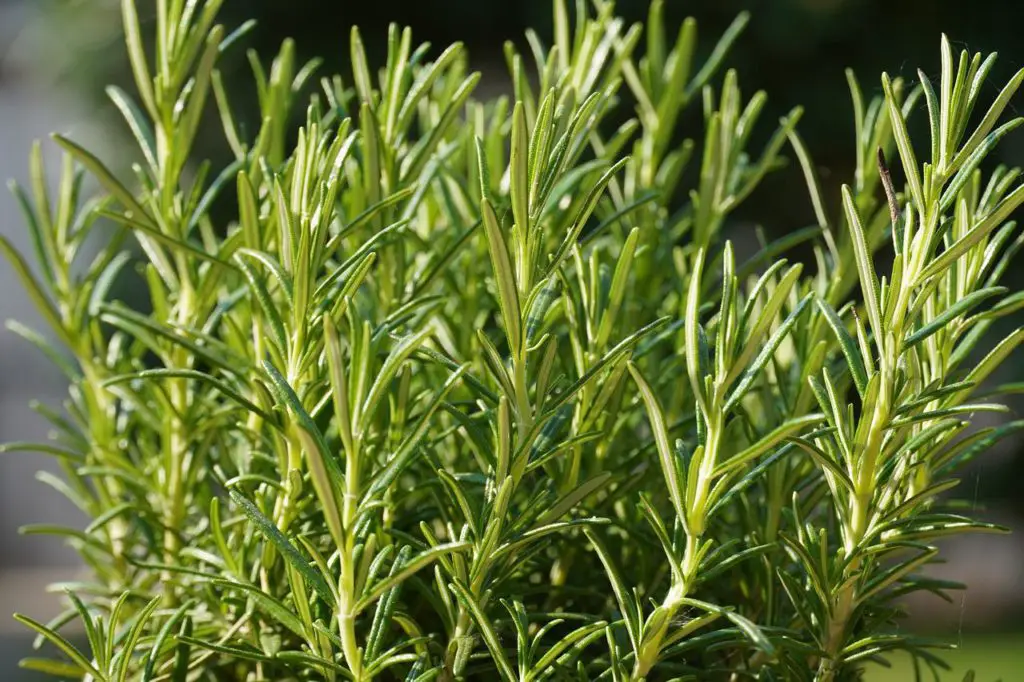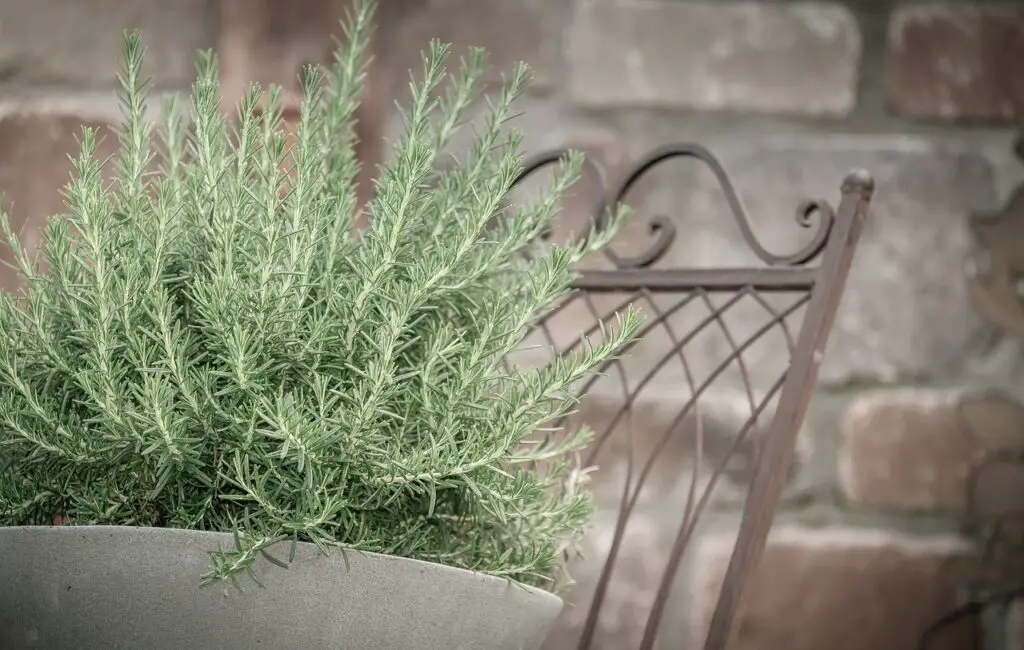What Is Rosemary – How Often To Water Rosemary – Rosemary In Winter – Best Soil – How Much – Rosemary Seedlings – Know This – Rosemary Containers – Summary
The rosemary plant is gaining more and more popularity it seems each year, especially in terms of people growing it at home. It’s a staple ingredient in the kitchen. Offering a nice aromatic touch to any food. It has an almost citrusy and eucalyptus feel to it. Watering the plant is important and doing it about once a week is very important.
It grows in almost any climate, amaning fine in a dry environment with lack of water and nutrients. It can adapt rather well to a place with higher humidity and more nutrients.

What Is Rosemary
Like we said, the rosemary plant is a very popular herb that has established itself as a great culinary herb. It has a long history of being used in our society, but perhaps not in cooking all the time.
For centuries it was instead used more for aromatherapy and ceremonials. It would be ignited and the smoke from the herb would be inhaled. But besides that, it was also used a lot for medicinal purposes as well. It seemed like it could help reduce stress and numb pain as well, which most people saw as a great advantage compared to other herbs.
How Often To Water Rosemary Plants
It’s hard to put a set amount of times you should water your rosemary plant. But looking at the plants we have at home, we do it about once a week at the most. The plant will be able to manage fine without water for long periods.
Too much water and the roots will instead have a very hard time getting oxygen and being able to survive. Try and keep the soil slightly damp at the most. That will help protect the plant against any form of overwatering.
During the summer you should definitely check the soil at least every other day or so. We do this to help make sure we don’t miss watering the soil at all. Since the temperatures are higher and the sun is out more, then water content in the soil will more quickly start evaporating.
Watering A Rosemary Plant In Winter
During the winter you won’t have to water your rosemary plant that much. Once a week will surely be enough. Since the plant is not using as much water as during the summer, then it won’t need as high of a supply of it either.
Try and check the plant more than once a week though, and the soil too. Keep the soil slightly damp all the time to help create the ideal climate for the plant to grow in. Signs of overwatering the rosemary plant often show as the stem turning black and leaves falling off. But hanging stems and soft leaves are also a very common sign too.
Best Soil For Growing Rosemary
The ideal soil for a rosemary plant would be a loamy soil. The soil needs to be well draining as that will help any excess water drain away. It keeps the roots from drowning from too much water. But it also makes it easier for oxygen to get into the soil which benefits the root system greatly.
If we take a look at the pH of the soil. Then you should aim for something between 7 and 8. This is a neutral soil and will create the ideal environment and climate for the roots to grow and thrive in.

How Much Should You Water Rosemary
Depending on the size of your rosemary plant then it will require different amounts of water. Lager plants will need more water while smaller plants won’t need as much. But it also depends on the amount of soil that you wish to hydrate.
We simply recommend watering in small amounts until you see that the top layer has a slightly damp texture and not a dry and crumbly one. Adding water in small quantities at a time helps reduce the risk of overwatering the roots instead.
Watering Rosemary Seedlings
Rosemary seedlings are very susceptible to a lot of different dangers, all from bacteria in the soil to overwatering and lack of sunlight. These are very serious issues that we need to protect the plant against.
Having a well watered soil is the first step in having a healthy plant. The soil should never have a muddy texture where water is gathering at the top. Instead you should aim for a slightly damp texture instead, where the water has leaked away and left the roots just hydrated.
Know This Before
Below are some of the things you should take into account when watering a rosemary plant, or any plant for that matter really. We don’t all live in the same climate and environment, so there are slight differences we need to take into account.
Temperature
If you live more south and the temperatures are higher than you need to water the soil more often than someone living more north. The higher temperature makes the water evaporate more quickly and creates a greater demand for water.
Weather
If you have a climate where the humidity is rather high, then you might not need to water as often. As a high humidity climate makes the water stay in the soil for longer. In a climate with low humidity it will do the opposite. The water will more quickly dry off and you will need to add water more often.
Soil Type
We mentioned previously that the best soil for rosemary plants is a loamy soil. This helps water drain away more easily. Too much water is present in the soil and you will run the risk of having the roots beginning to drown as oxygen cant reach them.
You might begin to see a pattern here. That people in warmer areas like Texas or California will need to pay more attention to caring for their plants. As the temperatures are high and the humidity low.

Watering Rosemary In Containers
In containers it’s pretty simple to water rosemary plants. Since most of these containers will have holes in the bottom where the excess water can drain away then that makes it less likely you will overwater the plant at all.
But the same principles apply where we want the soil to be kept slightly damp to also promote the health and growth of the rosemary plant.
Summary
There really isn’t anything set about how often you should water rosemary plants. Once a week will most likely do it. The plant can manage fine for lounge through without any.
Aim for the soil to be slightly damp. If it’s wetter than that, you might risk the roots not getting any oxygen and they will begin to drown. It’s a whole lot more difficult rescuing an overwatered plant then one that has been underwatered.

